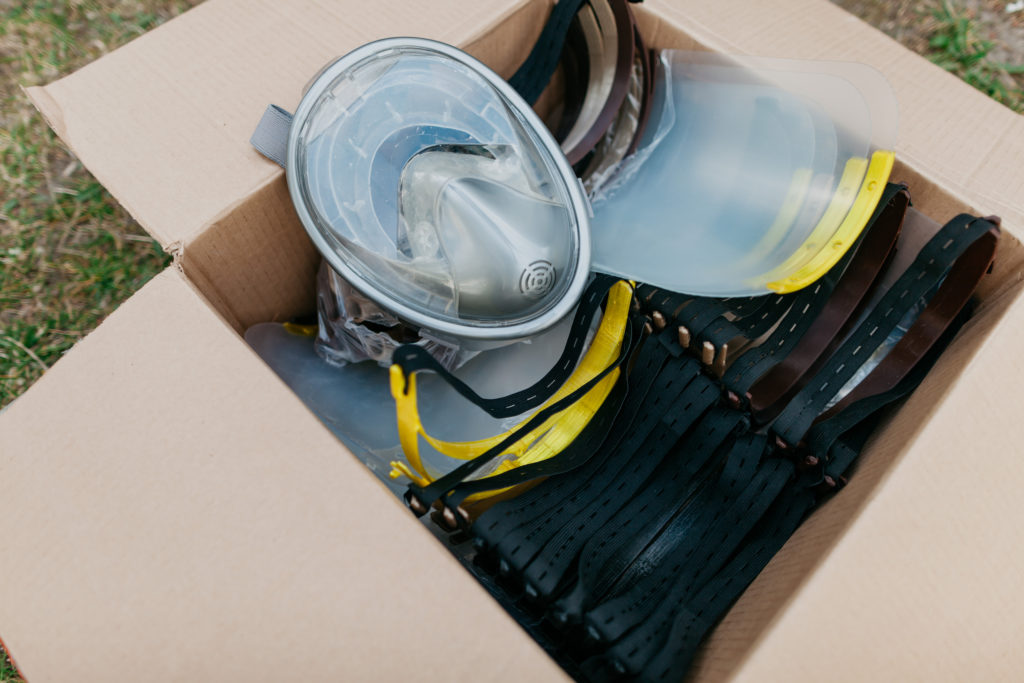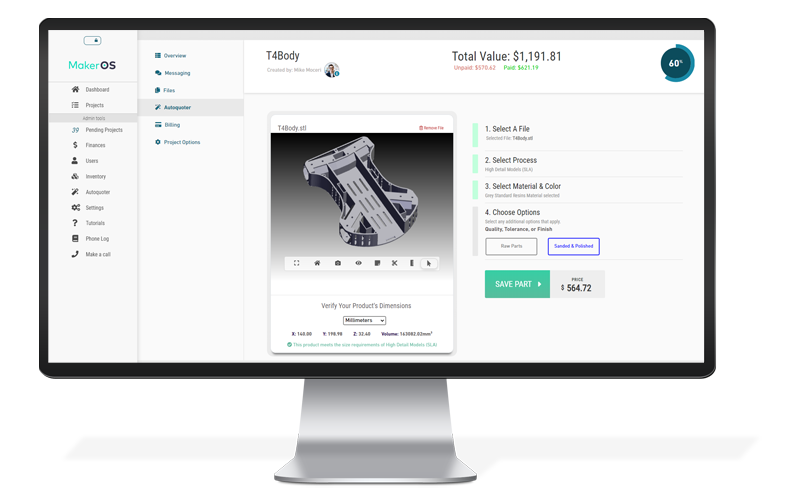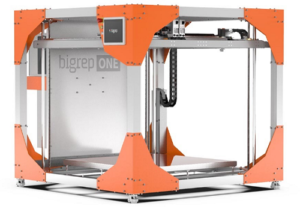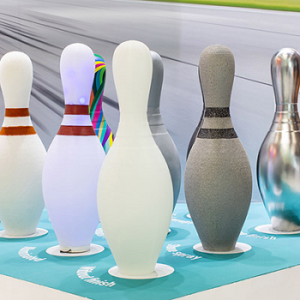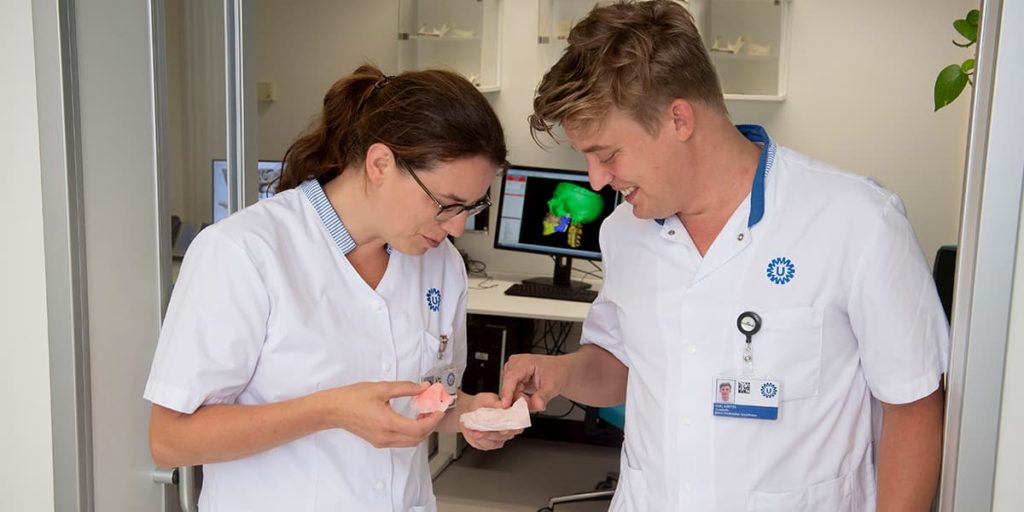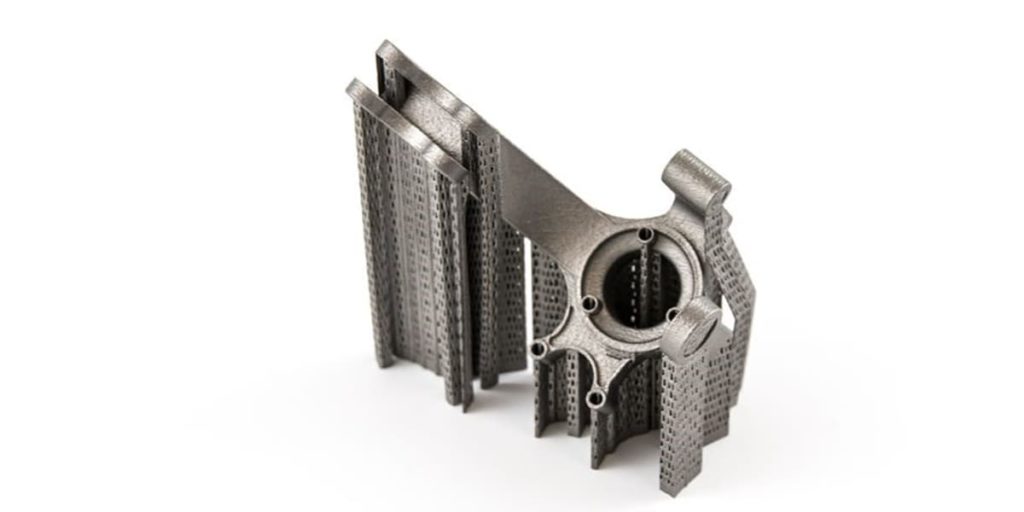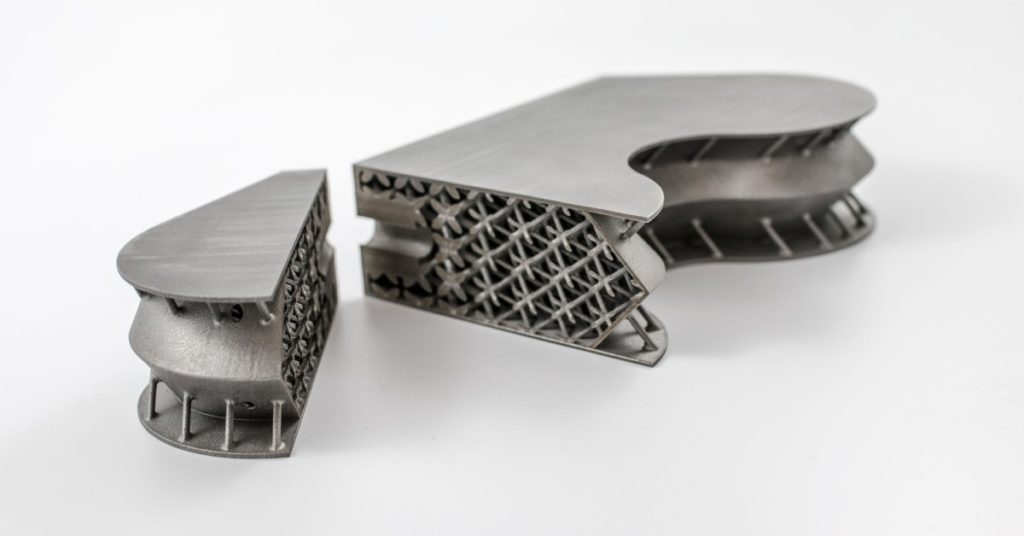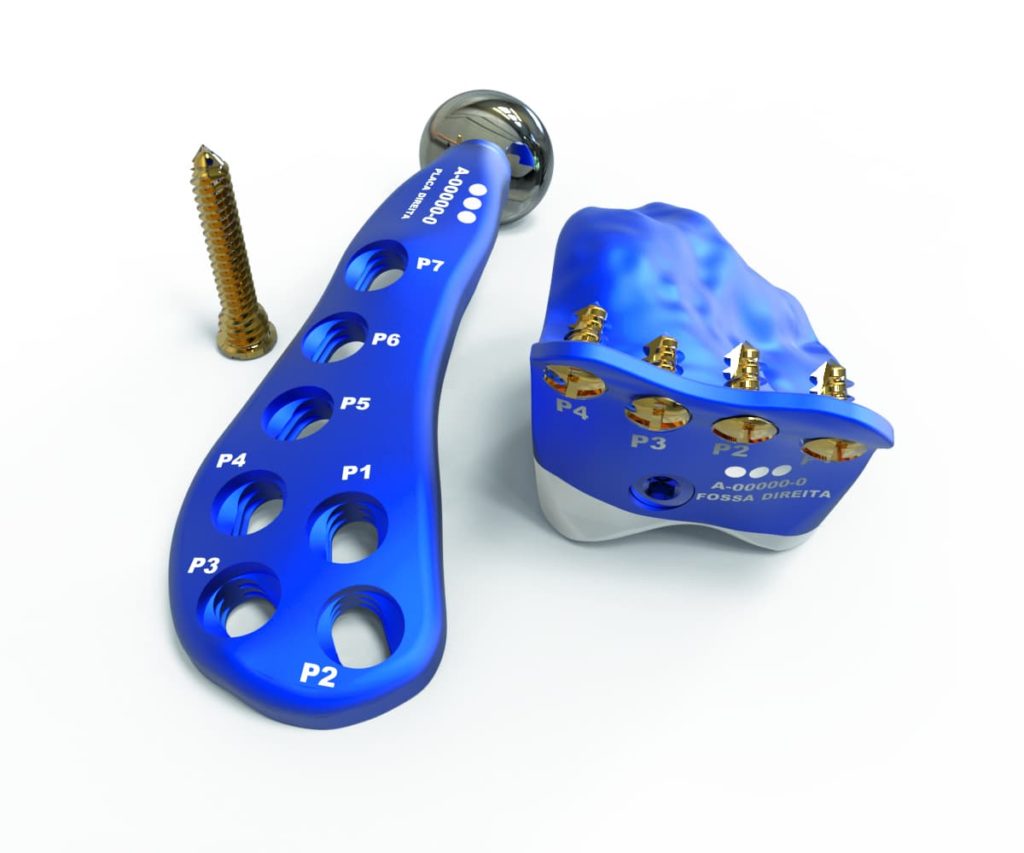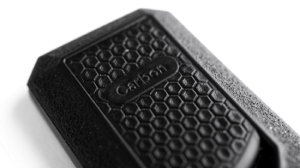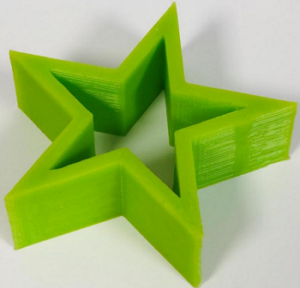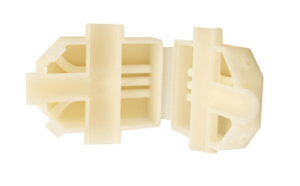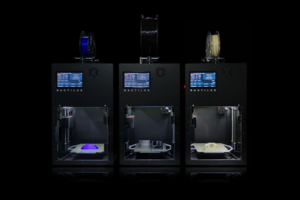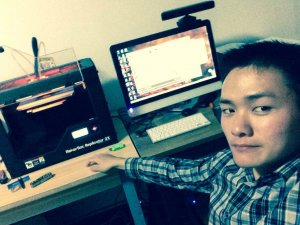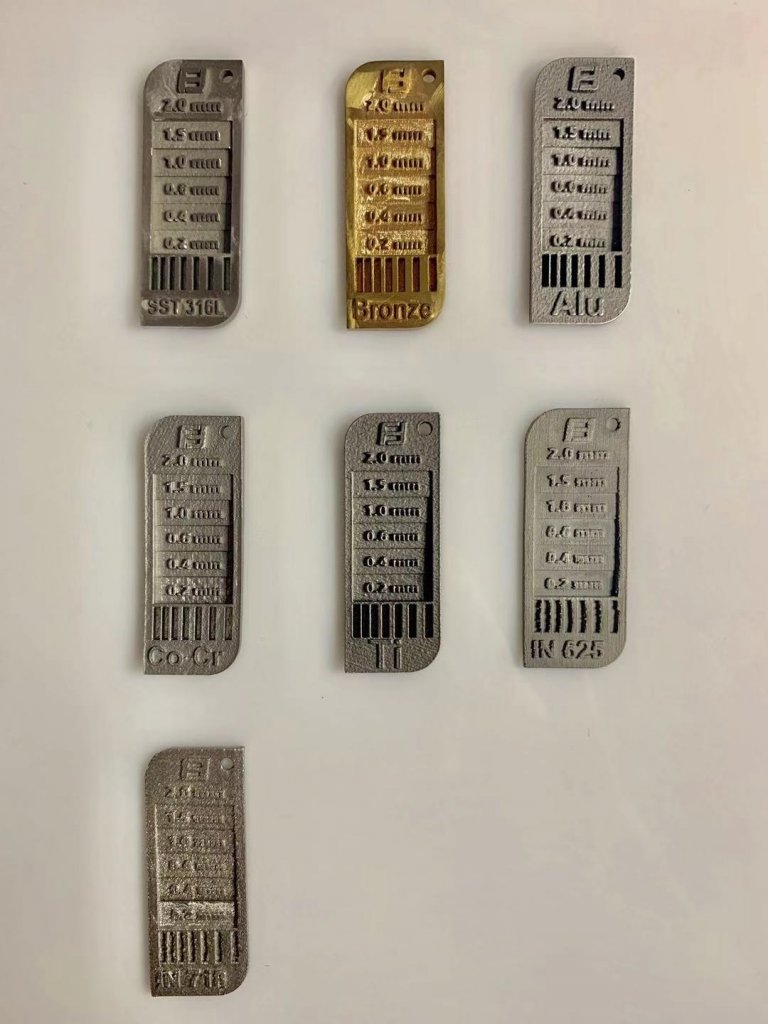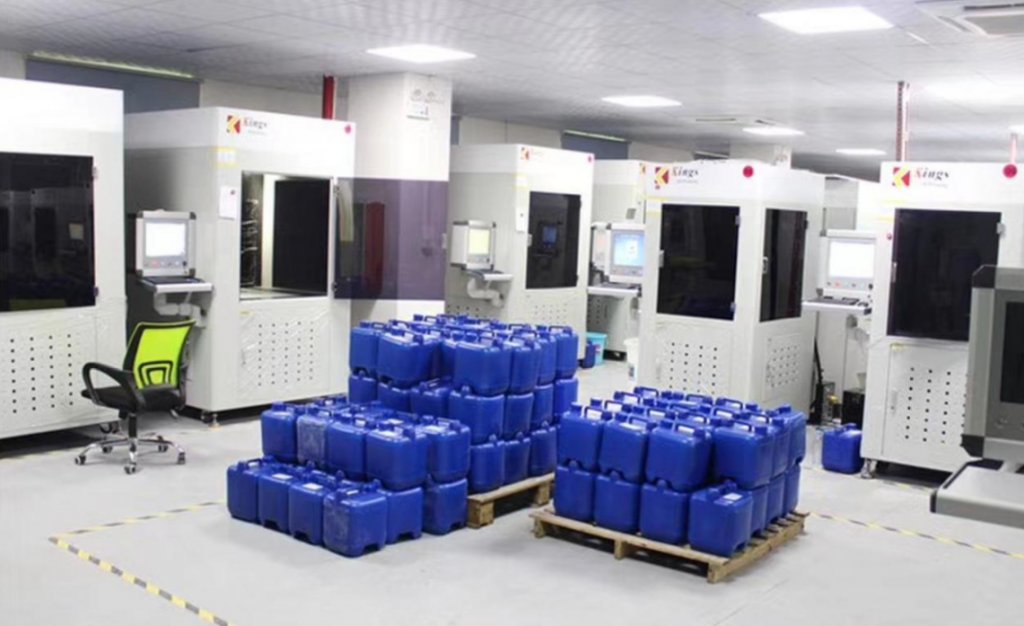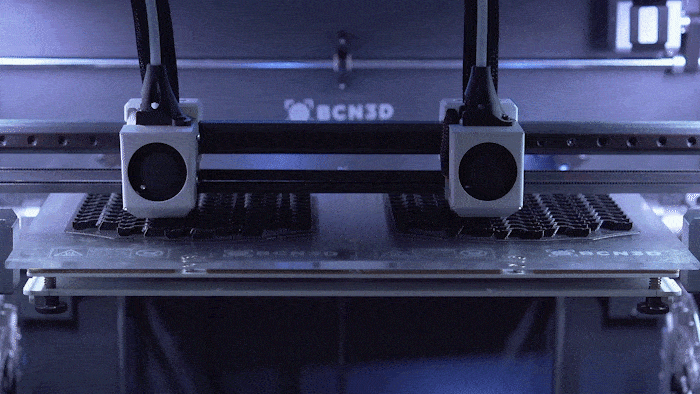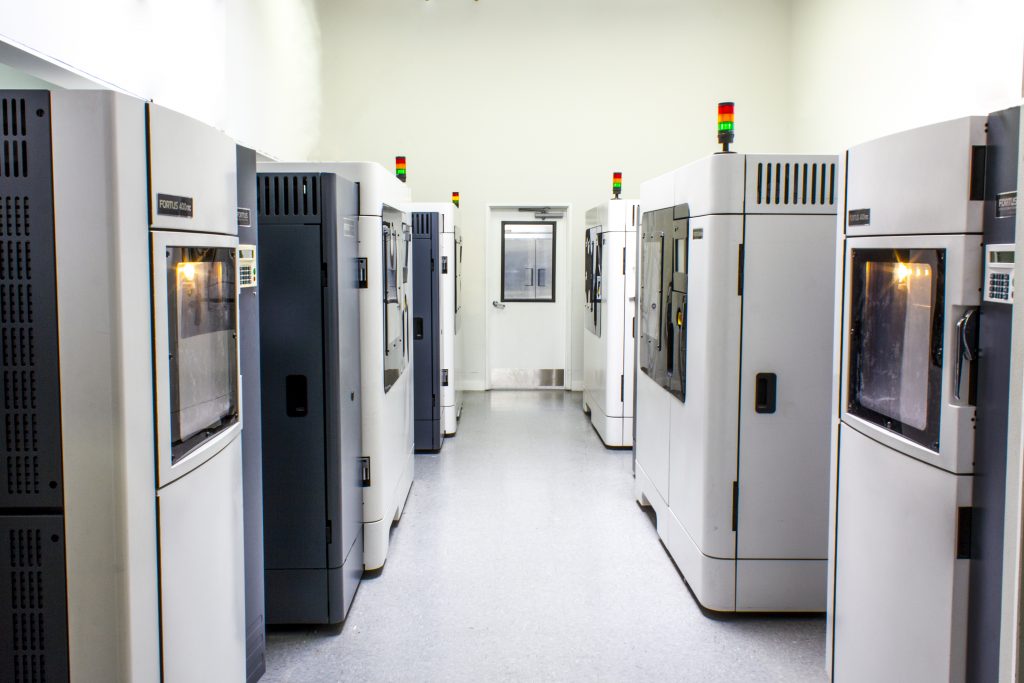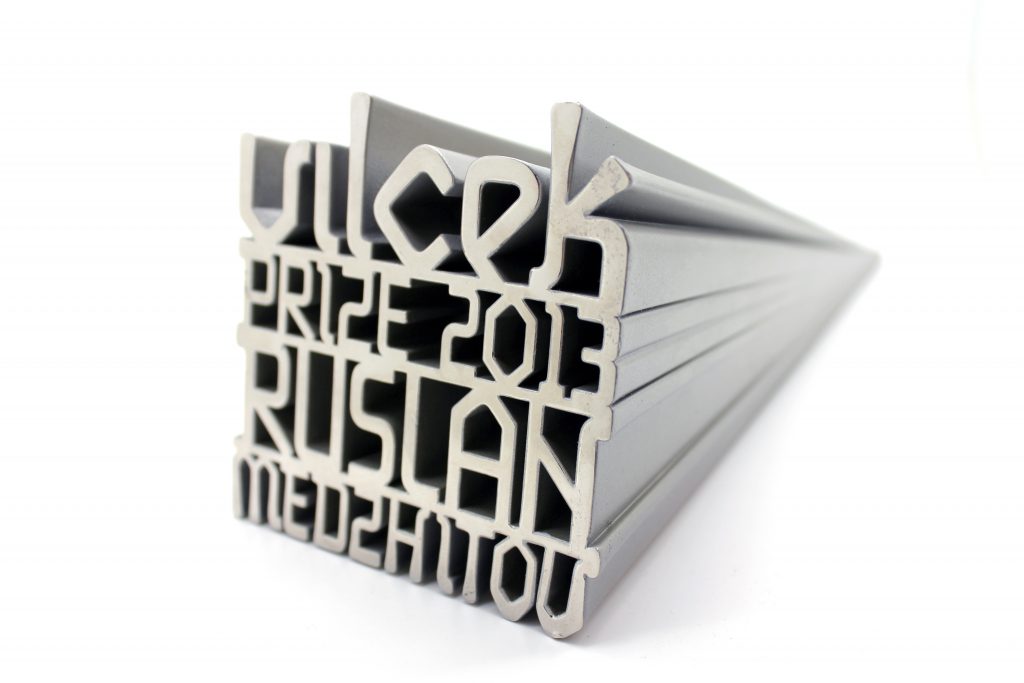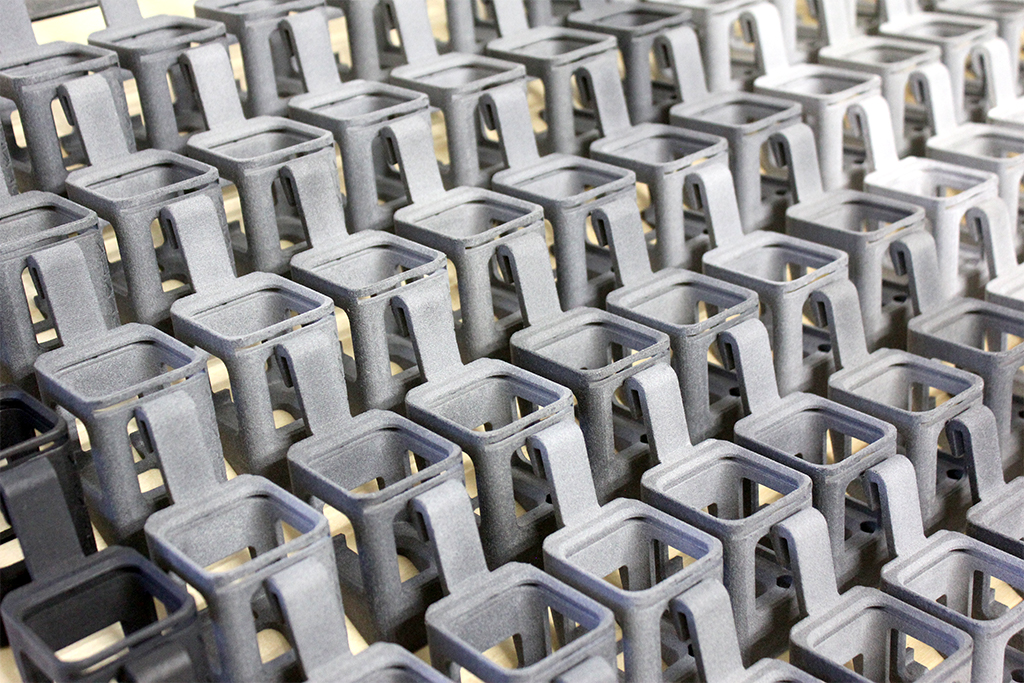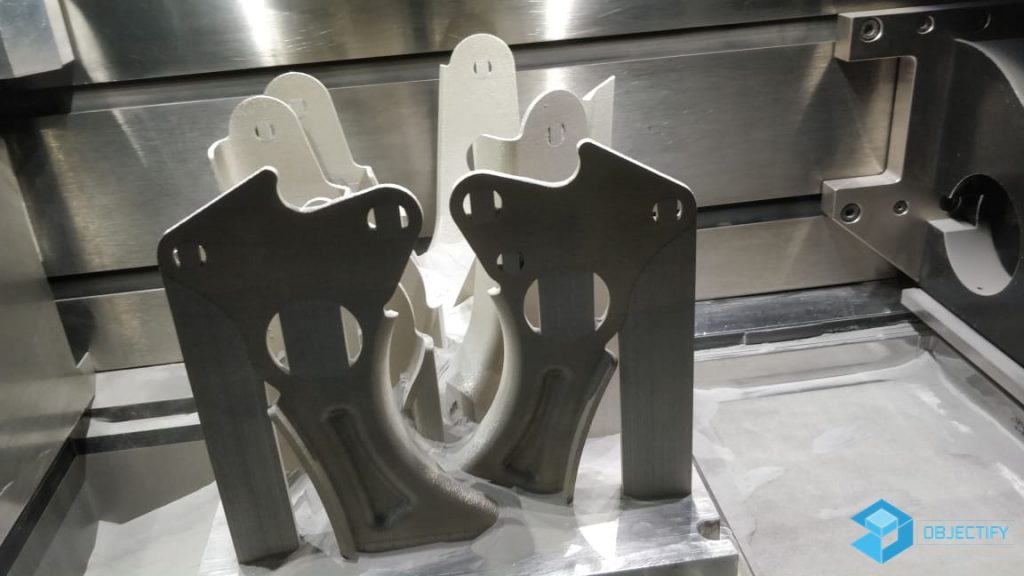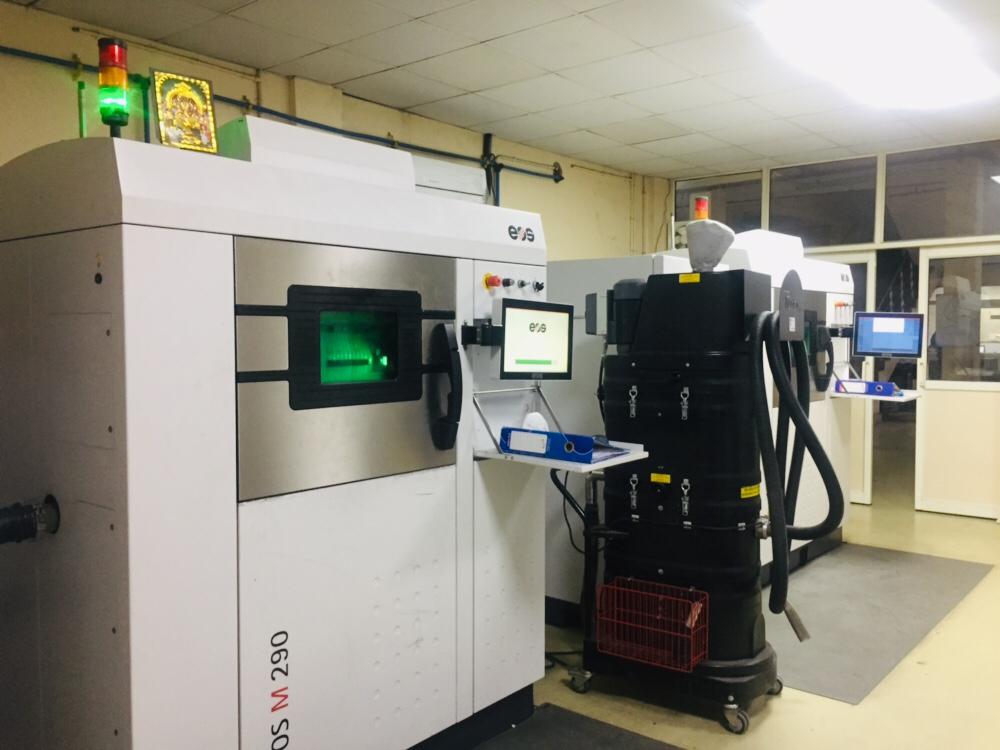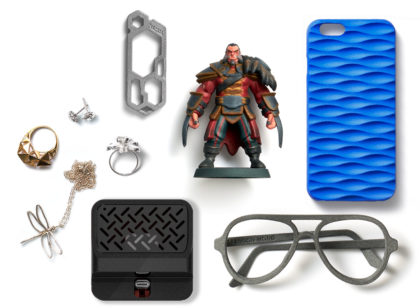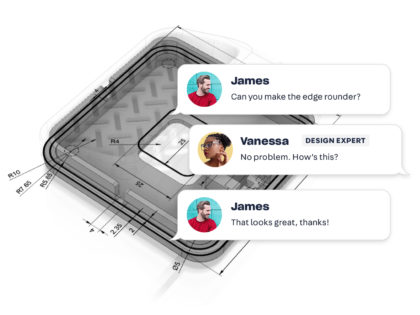Creating a scalable business is a phrase often heard in startups and new venture circles, but what does it mean? You could say growth, or perhaps, strong sales, and you would not be wrong, but scaling is much more than those two ideas.
Sell more. This is often touted as the complete solution for how to scale a business. Another is to simply add more machines or people to increase capacity.
The well-worn mantra of “selling more” does not always solve the problem, nor does adding more capacity. Scaling means you build efficient processes. If you have not built organized processes to handle and serve the customer, then you are not ready to scale your 3D printing service.
A scalable business includes the flexibility and versatility to expand your business in a cost-effective way. It involves expansion so increased workloads do not overwhelm your team or disappoint your customers. Scalability is delivering without destroying your company. Scaling your business is more than exponential growth.
You may be asking, especially during the COVID-19 pandemic, why bother trying to scale during a potentially slower economy? Here are five reasons to consider:
- Improved efficiency usually results in cost-savings.
- By preparing for scalable growth, you can create more consistent plans for the ups and downs (and may discover new ways to weather this current “down”).
- Scalability creates adaptability to roll with economic changes and pressure.
- Businesses which carefully consider scalability are much more likely to survive
- Streamlining internal processes, automating them as much as possible, will make you a much stronger competitor in the marketplace once the storm is over.
Realizing these benefits for your 3D printing business will not be easy if you are hacking together a variety of disconnected software tools to get the job done. All you’re doing at that point is creating separate instances of data with varied access within your team and increasing your software bloat.
You and I both know putting together a streamlined and in-sync workflow is not easy. There are a variety of platforms or desktop software that let you combine some of the processes that 3D printing companies need. You want to combine a customer-friendly front end (a quoting tool on your landing pages or home page), and then integrate some or all of your backend, internal processes so that you can track customer communications in a logical way (keeping them informed of job progress, for example), and keep the internal pipeline of work in one place so that everyone can get to it quickly and easily.
I learned these lessons early on in my career after founding multiple 3D printing services in Chicago and Detroit. I searched for a tool that solved for these problems, but none existed. That’s why I started MakerOS.
MakerOS is a web-based collaboration platform for 3D printing and digital fabrication companies to develop products faster, regardless of company size or stage. My team and I built this platform over the past few years, and already it’s been used in thousands of projects for 3D printing services with clients from around North America.
I sought out to create a business operating system for professional fabricators, engineers, designers, and makers, and together with my team that’s exactly what we’ve done.
If you feel like you need an operating system that’s specifically built for someone like you to help your 3D printing service scale, especially during this global pandemic, check us out. Or drop us a note and request a live demo to learn more about how we help you make more.
About the Author:
 Mike Moceri has deep experience in manufacturing, design, and software. In 2013, he co-founded the world’s first 3D printing retail service bureau in Chicago. In 2014 he founded Manulith, a 3D printing and product design agency, where his clientele included Fortune 500 companies within the aerospace, automotive, and medical industries. Mike is also a mentor at Stanley+Techstars Additive Manufacturing Accelerator, a mentor at WeWork Labs in NYC, and formerly a mentor at TechTown Detroit. He’s previously been featured on MSN, Make Magazine, NBC, and the Encyclopedia Britannica. D-Business Magazine called him the “Face of 3D printing.” Mike is currently the founder and CEO of MakerOS, an all-in-one collaboration platform for additive manufacturing services to efficiently work with clients throughout the entire lifecycle of a project.
Mike Moceri has deep experience in manufacturing, design, and software. In 2013, he co-founded the world’s first 3D printing retail service bureau in Chicago. In 2014 he founded Manulith, a 3D printing and product design agency, where his clientele included Fortune 500 companies within the aerospace, automotive, and medical industries. Mike is also a mentor at Stanley+Techstars Additive Manufacturing Accelerator, a mentor at WeWork Labs in NYC, and formerly a mentor at TechTown Detroit. He’s previously been featured on MSN, Make Magazine, NBC, and the Encyclopedia Britannica. D-Business Magazine called him the “Face of 3D printing.” Mike is currently the founder and CEO of MakerOS, an all-in-one collaboration platform for additive manufacturing services to efficiently work with clients throughout the entire lifecycle of a project.
The post 5 Reasons You Should Continue Scaling Your 3D Printing Service During COVID-19, and How to Do So appeared first on 3DPrint.com | The Voice of 3D Printing / Additive Manufacturing.

